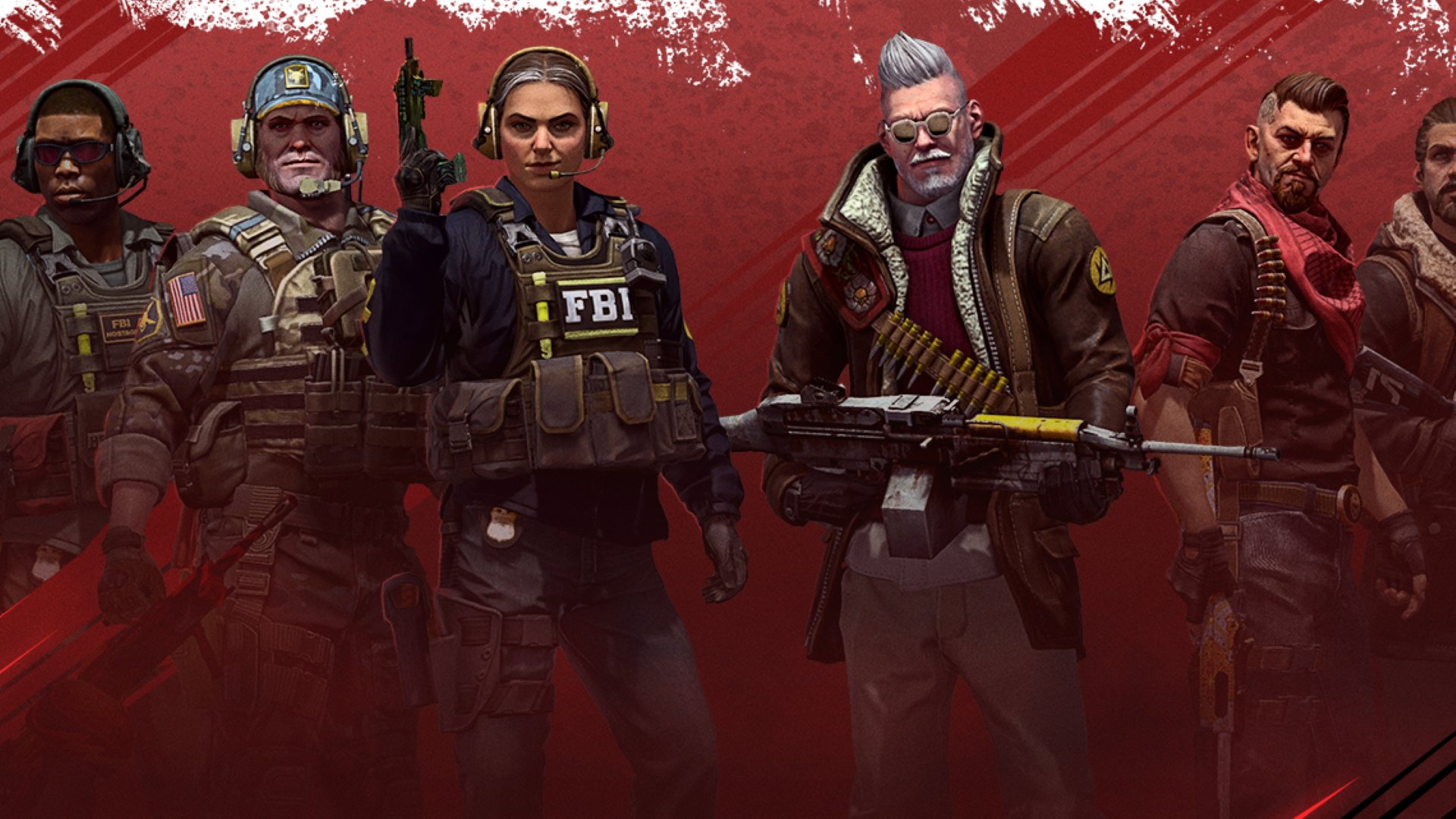Introduction
In the world of competitive gaming, Counter-Strike: Global Offensive (CS:GO) demands precision and accuracy. One crucial factor that greatly influences your aim and overall performance is your mouse sensitivity settings. Finding the perfect balance between speed and control can significantly enhance your gameplay. In this blog post, we delve into the world of CS:GO sensitivity settings, exploring the importance of finding your ideal mouse sensitivity. Whether you’re a beginner or an experienced player looking to fine-tune your skills, understanding and optimizing your mouse sensitivity can make a world of difference.
Understanding Mouse Sensitivity
Mouse sensitivity refers to how quickly your cursor moves across the screen in response to physical mouse movement. In CS:GO, finding the right sensitivity setting is crucial for precise aiming, tracking enemies, and reacting swiftly to in-game situations. It is typically measured in DPI (dots per inch) or eDPI (effective DPI), which is a combination of DPI and in-game sensitivity. Click here
- a) DPI: DPI represents the sensitivity of your mouse hardware. Higher DPI values result in faster cursor movement, while lower DPI values make it slower. Modern gaming mice offer adjustable DPI settings, allowing you to fine-tune your preferred sensitivity level.
- b) In-Game Sensitivity: CS:GO provides an in-game sensitivity setting that further influences your mouse movement speed. This setting multiplies your mouse’s DPI value, resulting in a more customized sensitivity.
Finding Your Base Sensitivity
When starting to adjust your CS:GO sensitivity, it’s essential to establish a base sensitivity that serves as a foundation for further fine-tuning. Consider the following steps:
- a) Comfort and Control: Begin with a sensitivity that feels comfortable and allows you to maintain control over your aim. This will vary from person to person, so experiment with different sensitivity levels until you find one that suits your playstyle.
- b) Arm vs. Wrist Aiming: Decide whether you predominantly use your arm or wrist for aiming. Arm aiming typically benefits from lower sensitivities, while wrist aiming may require slightly higher sensitivities. Consider your natural aiming style and adjust accordingly.
- c) Large Mouse Pad: Using a large mouse pad allows for more freedom of movement and enables lower sensitivity settings without sacrificing precision. Invest in a quality mouse pad that accommodates your playstyle.
Fine-Tuning Your Sensitivity
Once you have established a base sensitivity, it’s time to fine-tune and optimize it for your individual preferences. Here are some methods to consider:
- a) Incremental Adjustments: Make small, incremental changes to your sensitivity rather than drastic ones. This gradual approach helps you adapt to new settings and better understand their impact on your gameplay.
- b) Consistency in Sensitivity: Maintain consistency in your sensitivity settings across different games and applications. This allows for muscle memory development, ensuring that your aiming skills transfer smoothly between games.
- c) Aim Training: Utilize aim training maps or external tools to refine your muscle memory and aim accuracy. These resources provide a controlled environment to practice your aim, allowing you to gauge the effectiveness of different sensitivity settings.
- d) Personal Preference: Ultimately, finding your ideal sensitivity is a subjective process. Experiment with different sensitivity levels and trust your instincts. Take note of how you feel while aiming and adjust accordingly until you find the sensitivity that feels natural and comfortable.
Sensitivity Considerations for Different Roles
In CS:GO, different roles may require slightly varied sensitivity settings to optimize performance:
- a) Entry Fraggers: Entry fraggers, responsible for initiating engagements and securing kills, may benefit from lower sensitivities to maintain precise crosshair placement and minimize overcorrection.
- b) AWPers: AWPers, wielding the powerful sniper rifle, often prefer lower sensitivities for precise long-range shots. Lower sensitivity enables steady crosshair movement and improved tracking.
- c) Support Players: Support players, who focus on utility usage and game sense, might opt for higher sensitivities to quickly switch between teammates and react to changing situations.
Conclusion
Mastering your mouse sensitivity settings in CS:GO is a journey of trial and error. By understanding the mechanics of sensitivity, establishing a base sensitivity, and fine-tuning it to match your preferences and playstyle, you can greatly enhance your aiming and overall performance. Remember, finding the ideal sensitivity requires patience, practice, and self-awareness. Embrace the process, experiment with different settings, and adapt as you go. With perseverance and a well-tailored sensitivity, you’ll be on your way to achieving remarkable precision and dominating the virtual battlegrounds of CS:GO.

